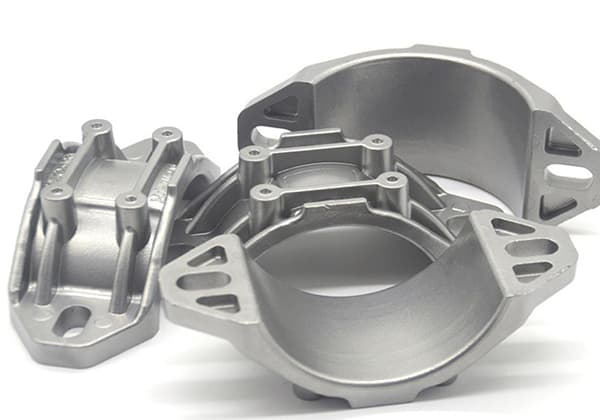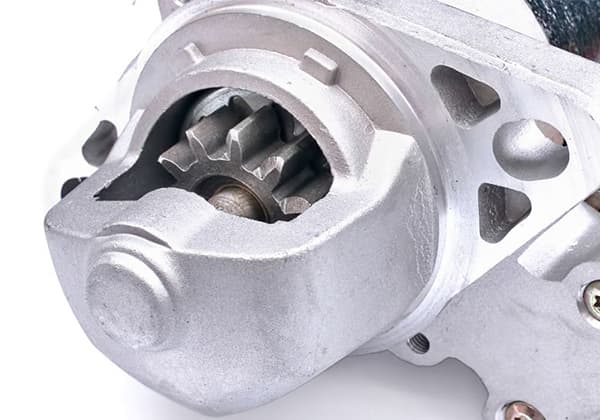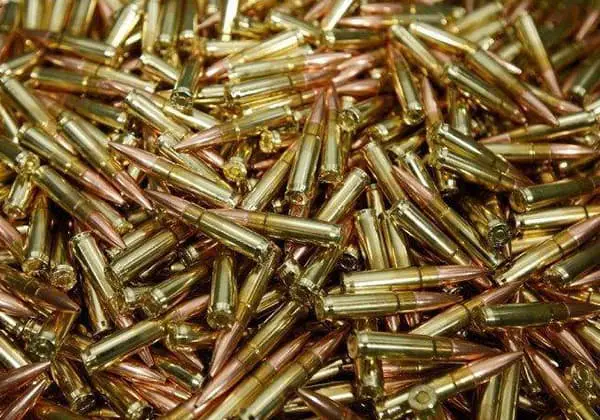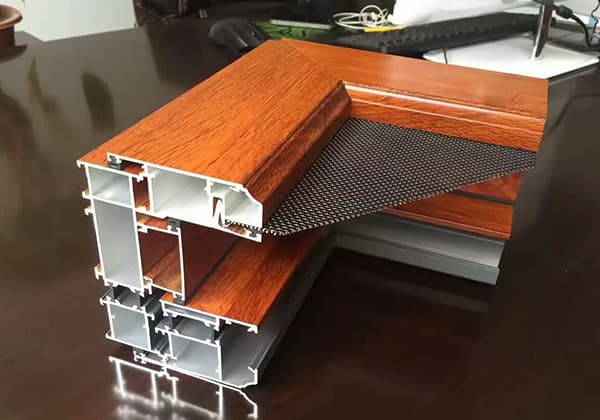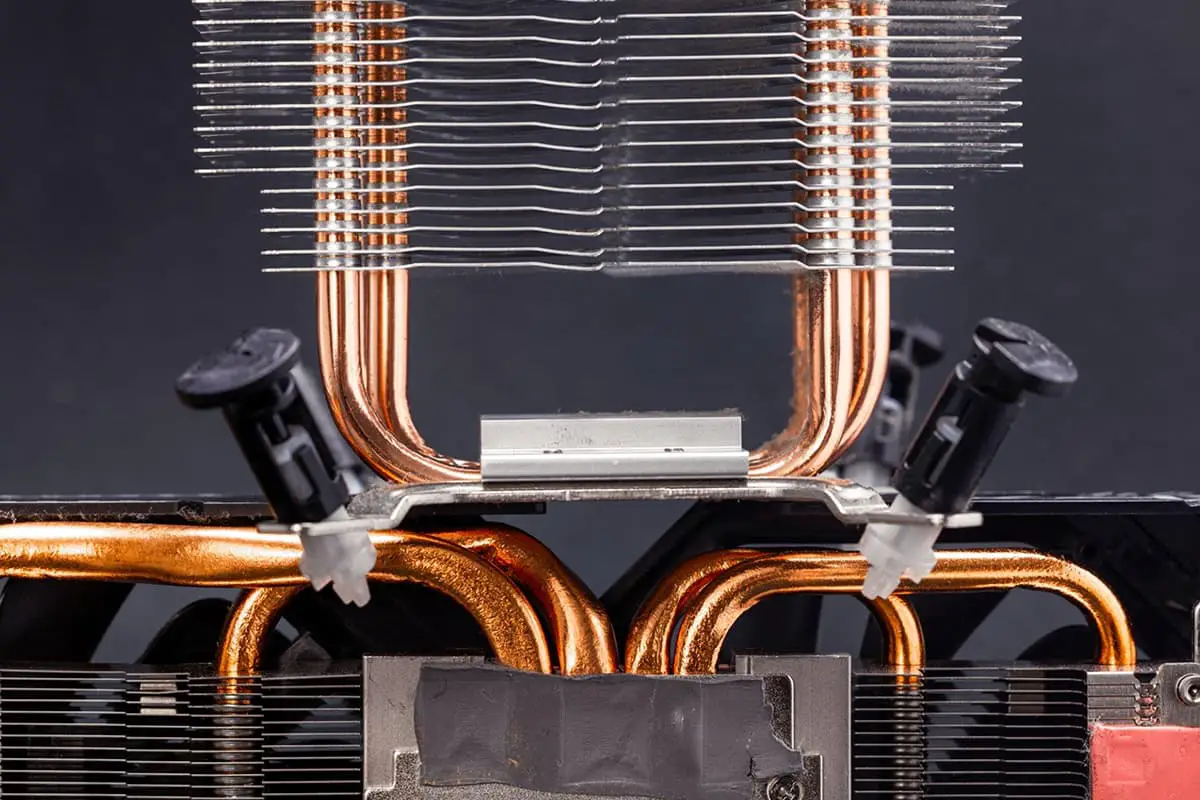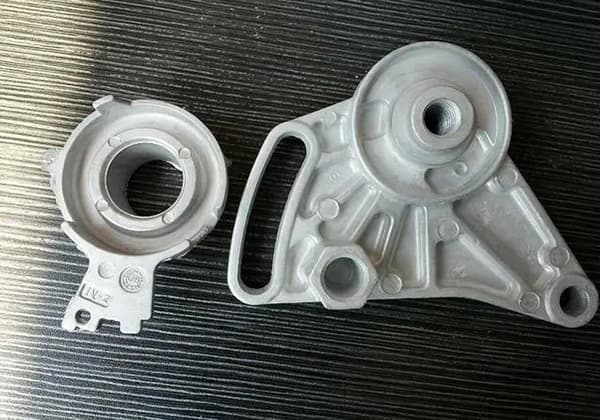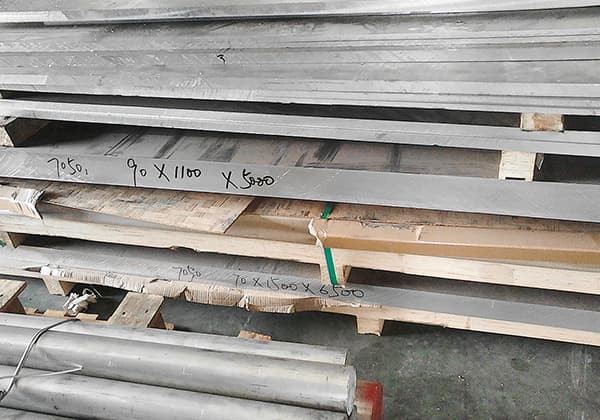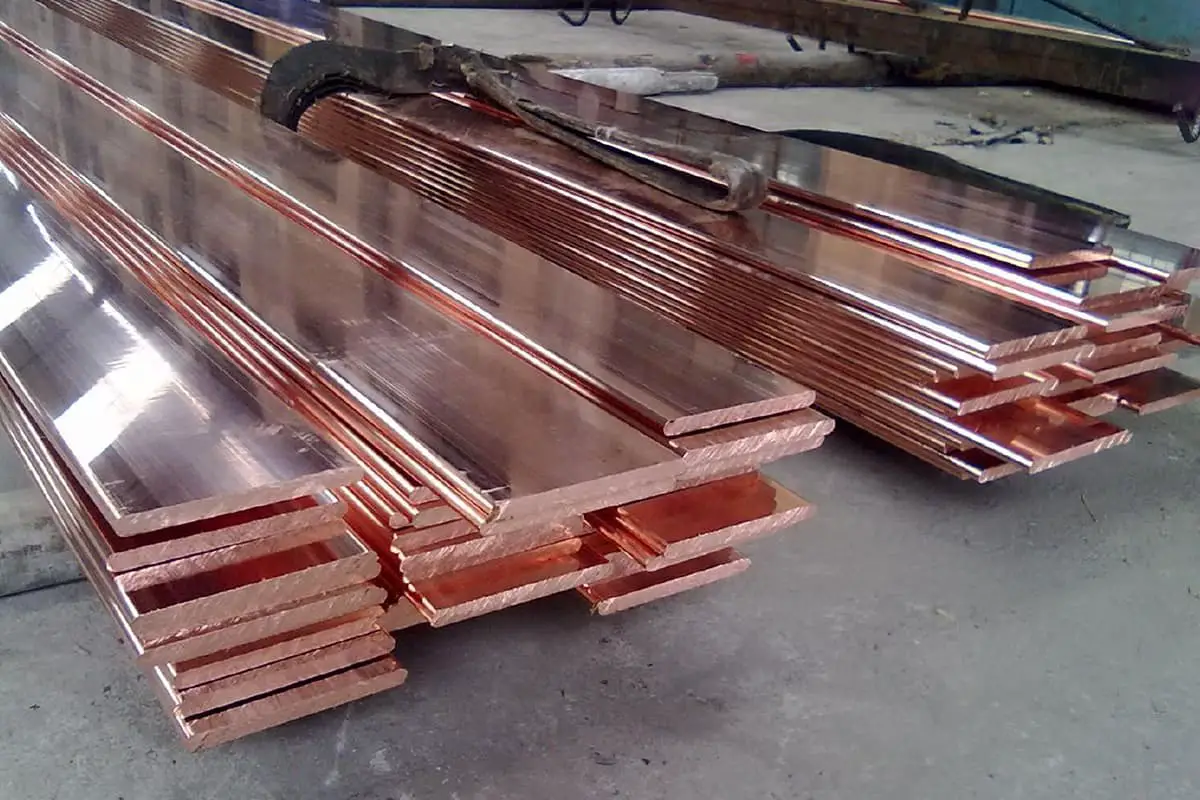
Why is the debate between aluminum alloy and copper conductors so critical in the electrical industry? As materials for conductors, both have unique benefits and drawbacks. This article explores the performance, cost-effectiveness, and applications of these materials, providing insights into their mechanical and electrical properties. Readers will understand how aluminum alloys are emerging as a viable alternative to copper, potentially transforming power transmission and distribution systems. Dive in to learn which conductor could lead the future of electrical infrastructure.
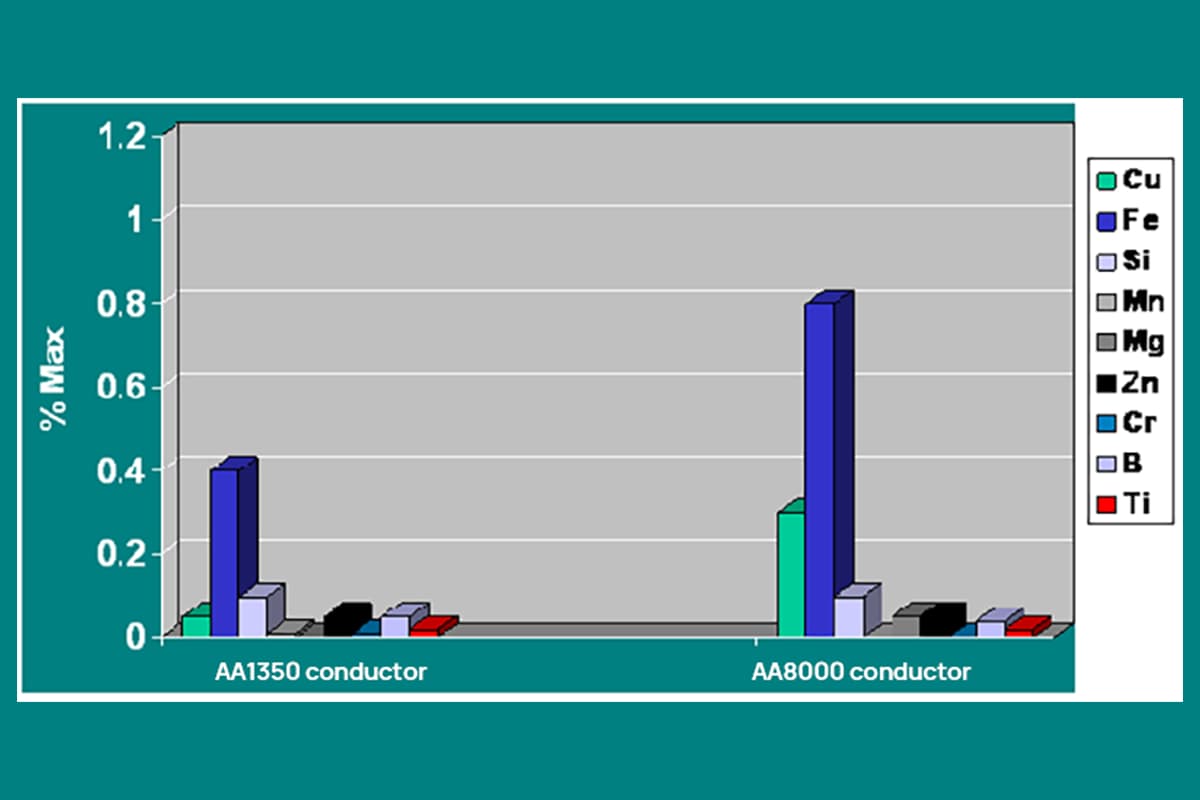
The use of copper by humans can be traced back to 10,000 years ago. An artifact – a copper ear cup – dating back 8,700 years was unearthed in northern Iraq, and bronze ware existed in China more than 4,000 years ago during the era of Xia Yu.
The application of copper as a conductor has spanned over 200 years since the discovery and application of electricity in the late 18th century.
Aluminum, a relatively young metal, was known as “silver gold” in the mid-19th century, more precious than gold, until 1886 when American scientist Hall independently developed the electrolytic aluminum method, paving the way for industrial production.
The use of aluminum as a conductor began in 1896, when the British Sir William Crookes erected the world’s first overhead aluminum stranded wire in Bolton.
In 1910, the Aluminum Association of America’s Hupp invented the steel core aluminum stranded wire, erected over Niagara Falls. Since then, overhead high-voltage transmission lines have gradually been replaced by steel core aluminum stranded wires.
Additionally, industrialized Western countries began to use aluminum conductors to replace copper conductors as distribution wires in 1910.
Currently, about 14% of the world’s produced aluminum is used as electrical materials, with the United States leading in the use of aluminum in electrical wires, reaching about 35%.
The amount of aluminum used by China’s electrical departments accounts for about a third of the total consumption of aluminum, mainly used for high-voltage transmission, while the proportion of aluminum conductors used in distribution is less than 5%. The use of copper or aluminum as conductors is influenced by historical, national, and resource conditions.
In the 1950s, with the rapid increase in the price of copper, the global wire and cable industry proposed replacing copper with aluminum. To achieve the same electrical performance, the cross-sectional area of the aluminum conductor needs to be two levels larger or increase by 50% compared to the copper conductor.
In the 1960s and 1970s, for the same reasons, the proposal to replace copper with aluminum was made. From 2005 to the present, the proposal to replace copper with aluminum has been put forward again.
With the progress of technology, this time replacing copper with aluminum mainly refers to replacing copper with aluminum alloy. What is the prospect of replacing copper with aluminum? We need to understand more about the properties of aluminum alloys, copper, and aluminum.
| Performance | Aluminum | Aluminum | Copper | Copper | |
| Annealed (0) | Hard (H8) | Annealed | Hard | ||
| Atomic Weight | 26.98 | 63.54 | |||
| Density/kgm-3 | 2700 | 8890 | |||
| Resistivity/nΩ·m | 27.8 | 28.3 | 17.24 | 17.77 | |
| Conductivity/%IACS | 62 | 61 | 100 | 97 | |
| Temperature Coefficient of Resistance/(nΩ·m)·K-1 | 0.1 | 0.1 | 0.09825 | 0.09525 | |
| Tensile Strength/MPa | 80-110 | 150-200 | 200-270 | 350470 | |
| Young’s Modulus/GPa | 63 | 63 | 120 | 120 | |
| Linear Expansion Coefficient/×10-6K-1 | 23 | 23 | 17 | 17 | |
| Specific Heat Capacity | /J(kg·K)-1 | 900 | 392 | ||
| /J(℃ ·cm3)-1 | 2.38 | 3.42 | |||
| Thermal Conductivity/W·(m·K) | 231 | 436 | |||
| Thermal Resistance/K·W-1 | 0.491 | 0.259 | |||
| Mercury Electrode Potential/V | -0.75 | -0.22 | |||
| Brinell hardness | 25 | 45 | 60 | 120 | |
| Melting point/℃ | 600 | 1083 | |||
| Melting heat/ × 105J · kg-1 | 3.906 | 2.142 | |||
Note: The data comes from the second edition of the “Aluminum Alloy and Its Processing Handbook”.
From the perspective of cable production standards, all power cable manufacturing follows GB12706.1-2008 “Extruded Insulated Power Cables and Accessories with Rated Voltages of 1kV (Um=1.2kV) to 35kV (Um=40.5kV): Part 1: Cables with Rated Voltages of 1kV (Um=1.2kV) and 3kV (Um=3.6kV)”, where the conductors of the cables are produced in accordance with GB/T3956-2008.
GB/T3956-2008 “Conductors of Cables” has explicit regulations, allowing the use of the first or second type of metal-coated or non-metal-coated annealed copper conductors, aluminum or aluminum alloy conductors.
Tensile strength and electrical conductivity of electrical aluminum
| Status | σb/MPa | Maximum Resistivity (Ω·mm2/m) | Conductivity (Minimum) / %IACS |
| 1350-0 | 58.3~98 | 0.027899 | 61.8 |
| 1350-H12 or H22 | 82.3~117.6 | 0.028035 | 61.5 |
| 1350-H14 or 24 | 102.9~137.2 | 0.028080 | 61.4 |
| 1350-H16 or 26 | 117.6~150.9 | 0.028126 | 61.3 |
| 1350-H19 | 161.7~198.9 | 0.028172 | 61.2 |
Note: The data comes from the second edition of the “Aluminum Alloy and Its Processing Handbook.”
In the sixties and seventies, the global price of copper soared. Because of political factors, copper was regulated as a strategic material, and domestically, aluminum was widely used as the main conductor material for transmission cables.
The policy of “replacing copper with aluminum” became a common technical policy in the electrical industry, with the use of copper conductor cables requiring report applications.
Hence, main lines and branch lines of civilian buildings all used pure aluminum cables. The disadvantages of pure aluminum conductors (AA1350) are mainly reflected in the following aspects:
(1) Poor mechanical strength, easily broken,
(2) Prone to creep, requiring frequent tightening of screws,
(3) Easily overheats under overloads, posing a safety risk,
(4) The transition connection problem between copper and aluminum is not well addressed.
These issues are not only faced domestically, but are also prevalent in the global cable industry. However, with the improvement of international relations and the implementation of China’s reform and opening up, we were able to import a large amount of copper resources from abroad, and the price difference between copper and aluminum became insignificant, leading to a gradual phasing out of the “aluminum replacing copper” trend domestically.
Simultaneously, foreign countries actively developed new aluminum alloy conductors to solve the connection problems between alloy conductors and terminals.
Eventually, the United States and Europe extensively used aluminum alloy conductors in distribution lines.
According to the American National Electrical Code [5] NEC330.14: “Solid conductors with a cross-section of 8, 10, 12AWG (equivalent to domestic sizes of 8.37mm2, 5.26mm2, 3.332mm2) should be made from AA8000 series electrical grade aluminum alloy materials.
Stranded conductors from 8AWG (equivalent to domestic size of 8.37mm2) to 1000kcmil (equivalent to domestic size of 506.7mm2), labeled as Type RHH, RHW, XHHW, THW, THHW, THWN, THHN, service-entrance Type SE Style U and SE Style R, should be made from AA-8000 series electrical grade aluminum alloy conductor materials.”
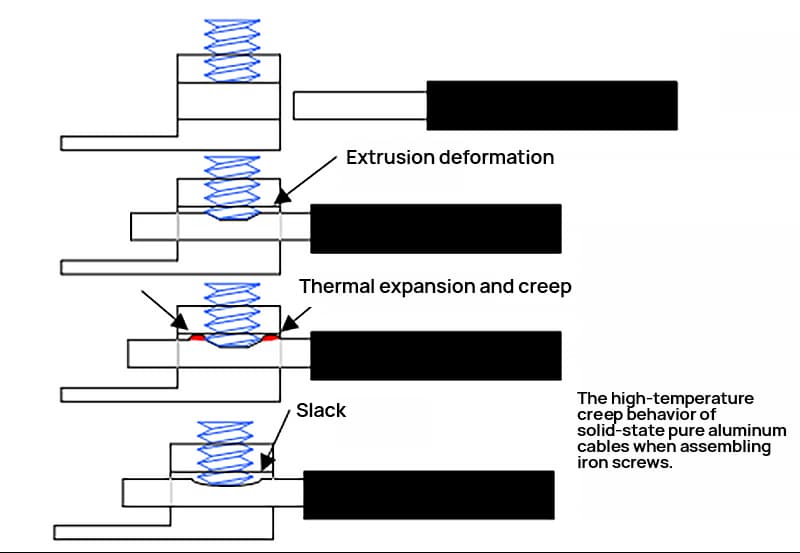
The rapid development of aluminum alloys used as conductors was triggered by the significant rise in copper prices during the 1960s and 1970s. Within the alloy designations of the Aluminum Association, the main types of aluminum alloys used as conductors include the AA1000 series (pure aluminum), the AA6000 series, and the AA8000 series.
The AA1000 series is primarily used for high-voltage overhead lines. The AA6000 Al-Mg-Si (aluminum-magnesium-silicon alloy) series is mainly employed for high-voltage overhead lines and aluminum bus bars; both types of conductors exist in a hard state, with connections primarily achieved via welding.
The AA8000 Al-Mg-Cu-Fe (aluminum-magnesium-copper-iron alloy) series represents the real soft aluminum alloy used on distribution lines. The AA8000 series of aluminum alloys garnered numerous patents during the 1960s and 1970s.
| Alloy Name | U.S. Patent Number | |
| ANSI-H35.1 | UNS | |
| 8017 | A98017 | …… |
| 8030 | A98030 | 3711339 |
| 8076 | A98076 | 3697260 |
| 8130 | A98130 | …… |
| 8176 | A98176 | RE28419 |
| RE30465 | ||
| 8177 | A98177 | …… |
| Aluminum Alloy | Percentage of chemical composition based on quality | |||||||||
| ANSI | UNS | Aluminum | Silicon | Iron | Copper | Magnesium | Zinc | Boron | Others (Total) | Others (Total) |
| 8017 | A98017 | Residue | 0.10 | 0.55-0.8 | 0.10-0.20 | 0.01-0.05 | 0.05 | 0.04 | 0.03A | 0.10 |
| 8030 | A98030 | Residue | 0.10 | 0.30-0.8 | 0.15-0.30 | 0.05 | 0.05 | 0.001-0.04 | 0.03 | 0.10 |
| 8076 | A98076 | Residue | 0.10 | 0.6-0.9 | 0.04 | 0.08-0.22 | 0.05 | 0.04 | 0.03 | 0.10 |
| 8130 | A98130 | Residue | 0.15B | 0.40-1.0B | 0.05-0.15 | … | 0.10 | … | 0.03 | 0.10 |
| 8176 | A98176 | Residue | 0.03-0.15 | 0.40-1.0 | …… | … | 0.10 | … | 0.05C | 0.15 |
| 8177 | A98177 | Residue | 0.10 | 0.25-0.45 | 0.04 | 0.04-0.12 | 0.05 | 0.04 | 0.03 | 0.10 |
A: Maximum lithium content is 0.03.
B: Maximum silicon and iron content is 1.0.
C: Maximum gallium content is 0.03.
Note: Data sourced from the Aluminum Electrical Conductor Handbook – Third Edition.
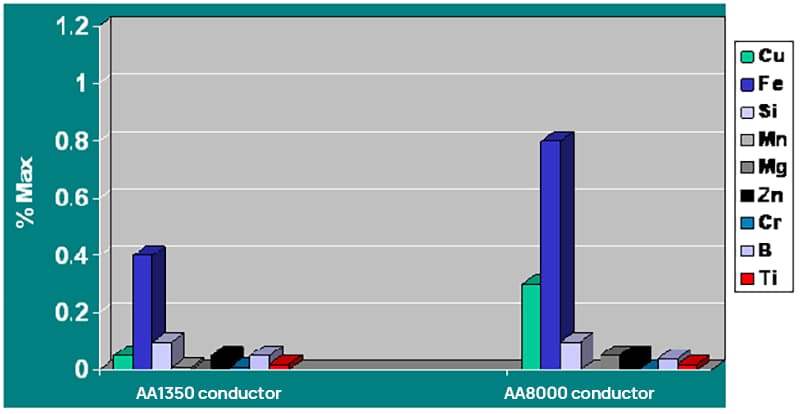
The addition of copper, iron, and magnesium elements plays a crucial role in the alloy:
Copper: Enhances the alloy’s electrical resistance stability at high temperatures.
Iron: Increases the creep resistance and compressive strength by 280%, preventing issues caused by creep-induced loosening.
Magnesium: Under the same interface pressure, it can increase the contact points and provide a higher tensile strength.
Performance of Aluminum Alloy for Soft Electrical Wires
| Brand or Product Name | σb/MPa | σ0.2/MPa | δ/% | Brand or Product Name/%IACS |
| 1350 | 74.5 | 27.5 | 32 | 63.5 |
| Triple E | 95 | 67.7 | 33 | 62.5 |
| Super -T | 95 | 67.6 | 33 | 62.5 |
| X8076 | 108.8 | 60.8 | 22 | 61.5 |
| Stabiloy | 113.8 | 53.9 | 20 | 61.8 |
| NiCo | 108.8 | 67.7 | 26 | 61.3 |
| X8130 | 102.0 | 60.8 | 21 | 62.1 |
Note: The data comes from the second edition of the “Aluminum Alloy and Its Processing Handbook.”
(1) Mechanical strength: As can be seen from the table, compared to the AA1350 pure aluminum conductor, the tensile strength of the AA8000 series conductor is about 150% of pure aluminum, and its yield strength is approximately 200% of pure aluminum.
(2) Creep resistance: From the 500-hour creep test, it is evident that the creep resistance of the AA8000 series alloy is approximately 280% of that of the AA1350 pure aluminum conductor, essentially reaching the same level as the copper conductor.

| Conductor Characteristics | Electrical Copper (Cu) | AA8000 Aluminum Alloy |
| Density (g/mm³) | 8.89 | 2.7 |
| Melting Point (℃) | 1083 | 660 |
| Linear Expansion Coefficient | 17*10-6 | 23*10-6 |
| Electrical Resistivity (Ω*mm²/m) | 0.017241 | 0.0279 |
| Electrical Conductivity IACS% | 100 | 61.8 |
| Tensile Strength (MPa) | 220-270 | 113.8 |
| Yield Strength (MPa) | 60-80 | 53.9 |
| Elongation Rate (%) | 30-45 | 30 |
Comparing AA8000 aluminum alloy conductors and copper conductors, we find that due to differences in resistivity, their International Annealed Copper Standard (IACS) values vary.
The AA8000 aluminum alloy is 61.8% of the copper value. When we increase the cross-sectional area of the aluminum alloy conductor by two grades or raise it to 150% of the copper conductor’s cross-sectional area, their electrical performance aligns.
In terms of tensile strength, the aluminum alloy conductor is only half that of the copper conductor (113.8 vs. 220 MPa).
However, since the density of the AA8000 aluminum alloy is only 30.4% of the copper conductor, even when the cross-sectional area of the aluminum alloy conductor is increased to 150% of the copper conductor, the weight of the aluminum alloy conductor is only 45% of the copper conductor.
This situation provides the aluminum alloy conductor with certain advantages in tensile strength over the copper conductor.
The yield strength of the AA8000 aluminum alloy conductor is close to that of the copper conductor, allowing the creep properties of the aluminum alloy conductor to approximate those of the copper conductor.
In terms of elongation at break, the aluminum alloy conductor and the copper conductor are essentially the same.
Due to the different expansion coefficients of the aluminum alloy conductor and the copper conductor, they are not suitable for direct connection. We ensure the reliability of their connection through the following methods.
The crimp-type copper and aluminum terminal and connection tube standard GB14315-2008 for power cable conductors has been formally implemented.
In this standard, the copper-aluminum transition terminal has also been officially incorporated, providing a theoretical basis for connecting alloy cables to copper busbars and electrical equipment.
The main current methods for copper-aluminum transition are as follows:
1) Alloy cable + copper-aluminum transition terminal (the terminal directly connects to the copper busbar).
2) Alloy cable + aluminum terminal (when the aluminum terminal and the tin-plated copper busbar are connected, tighten the screws according to the torque values provided by the national standard, and add a disc washer to maintain the effective connection of copper and aluminum during thermal expansion and contraction).
3) Alloy cable + aluminum terminal + bimetallic washer (the aluminum part of the washer connects with the aluminum terminal, and the copper part connects with the copper busbar).
These connection methods all require 1,000 heat cycle tests in accordance with IEC61238-2008 or GB9327-2008, simulating 30 years of use to ensure the reliability of cable connections.
The heat cycle tests conducted by the Power Board of Georgia in the United States and the Shanghai Cable Research Institute show that the connections of alloy cables are safe and reliable. Experimental report data indicate that their reliability is even more stable than that of copper conductors.
As per the data from the United States Geological Survey (USGS), the copper content in the earth’s crust is less than 0.01%, while aluminum constitutes 7.73%.
Thus, the aluminum content is over 1000 times that of copper. Based on the current consumption rates, with an average annual growth rate of 3%, the global copper resources will last for another 32 years.
However, considering the current extraction scale of aluminum (around 140 million tons/year), the existing reserves of bauxite can satisfy the needs of the global aluminum industry for nearly 180 years.
Given the excellent electrical and mechanical properties of aluminum alloy conductors, they have improved the unreliability of aluminum connections, insufficient mechanical strength, and proneness to creep.
These conductors are similar to copper in mechanical performance, and by increasing the cross-sectional area, they can achieve the same conductivity as copper, making them widely applicable in low-voltage distribution systems.
The promotion of aluminum alloy conductors in the domestic market can help the country save a significant amount of copper resources, reduce dependence on foreign copper resources, save a substantial amount of foreign exchange, and also provide certain economic savings for users, facilitating easier installation for installers.
With so many advantages, it is reasonable to believe that the application of aluminum alloy conductors in low-voltage power cables will become widely accepted. The trend of substituting aluminum for copper could potentially trigger a transformation in the cable industry.

